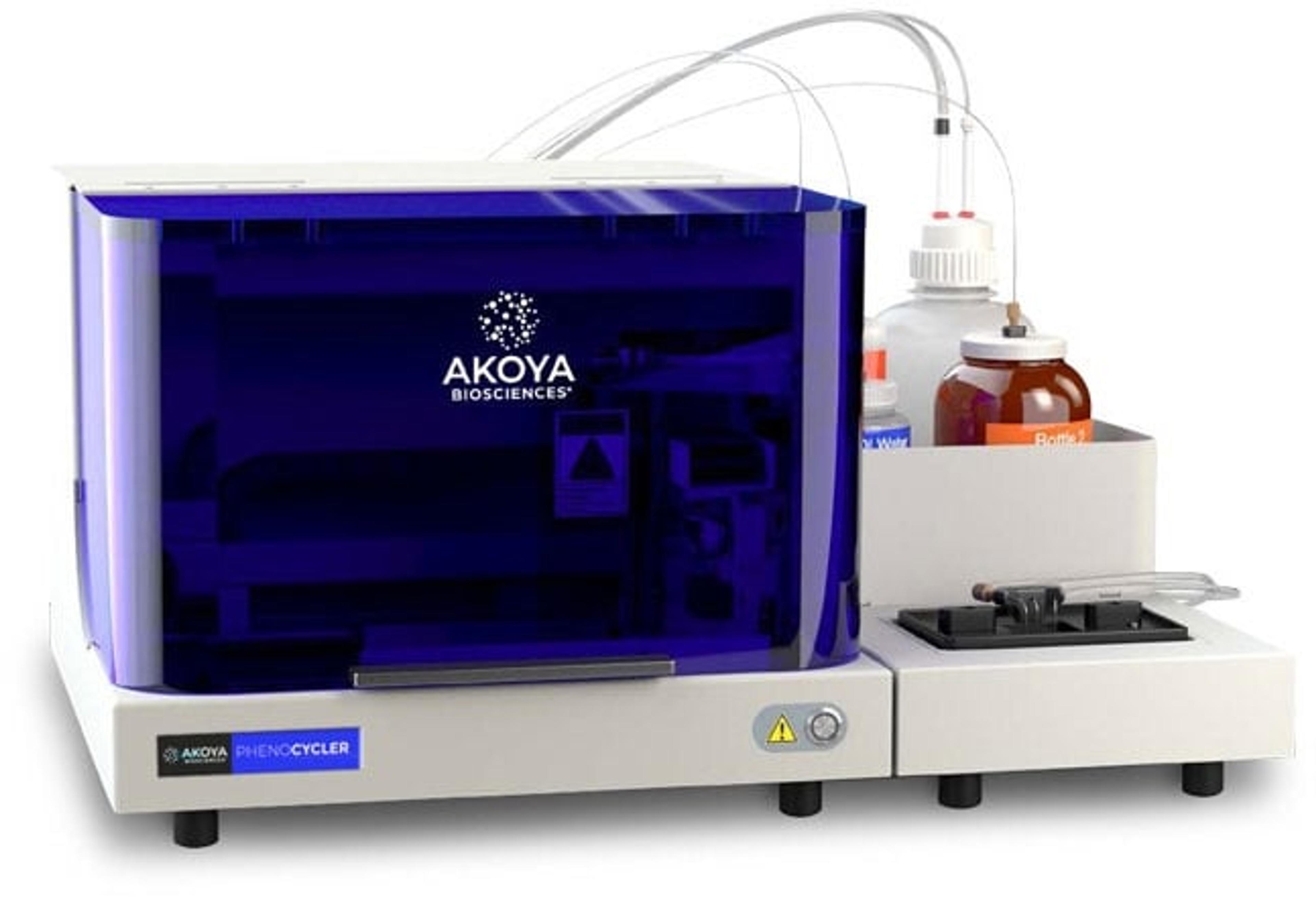Akoya Biosciences begins accepting applications for first-of-its-kind Imaging Innovators (I²) Network
11 May 2021
Akoya Biosciences, The Spatial Biology Company®, has announced that its first-of-a-kind Imaging Innovators (I²) Network is now accepting applications from innovators with ambitions to disrupt the field of spatial biology through cutting-edge applications. Akoya is the first spatial biology company to set up a collaborative network specifically aimed at supporting open innovation.
Spatial biology is a rapidly emerging discipline whose tremendous potential is dependent on nurturing cutting-edge innovation, a goal that is made possible by the CODEX system’s new, open interface. Today, the CODEX technology combines the advantages of single-cell biology and histology and enables multiplex imaging of 40 or more biomarkers in tissue samples. This allows researchers to visualize different cell phenotypes and analyze how they organize and interact to impact disease pathology and progression.
Akoya plans to initially select 10 exceptional researchers for the I² network, who have creative ideas on how to use the CODEX system to advance the frontiers of knowledge in the field of spatial biology. Applications could include, but are not limited to, multi-analyte or single-molecule detection, 3D imaging, high-speed acquisition, or super-resolution imaging.
“The CODEX System has revolutionized tissue analysis by enabling dramatic increases in the number of parameters which can be measured at single-cell resolution, across whole, intact tissue sections,” said Brian McKelligon, CEO of Akoya Biosciences. “Our goal with the launch of the I² Network is to leverage the automation, flexibility, and affordability of CODEX to accelerate the development of new applications and to push the boundaries of innovation in spatial biology.”
The winners of the I² selection process will benefit from association with a network of top-flight pioneers in the field, who are aggressively pursuing ideas that turn their microscope of choice into high-dimensional spatial biology systems. They will also be given specialized access to Akoya’s newly developed Collaborator’s Interface, a proprietary software that enables more direct user control of the CODEX instrument, the preferred companion imaging platform, and the application of interest.
Early adopters of the CODEX system have been leveraging the open interface to push the capabilities of the workflow in innovative, new ways. “Large projects that catalog cellular locations and composition require both increased multiplexing capability and sample throughput to achieve their ambitious goals,” said Dr. Sami Farhi, a senior research scientist at the Broad Institute of MIT and Harvard. “Modular hardware and reagent solutions in imaging omics are particularly powerful, allowing investigators to keep their data generation efforts at the cutting edge of this dynamic field.”
Want more of the latest science news straight to your inbox? Become a SelectScience member for free today>>

